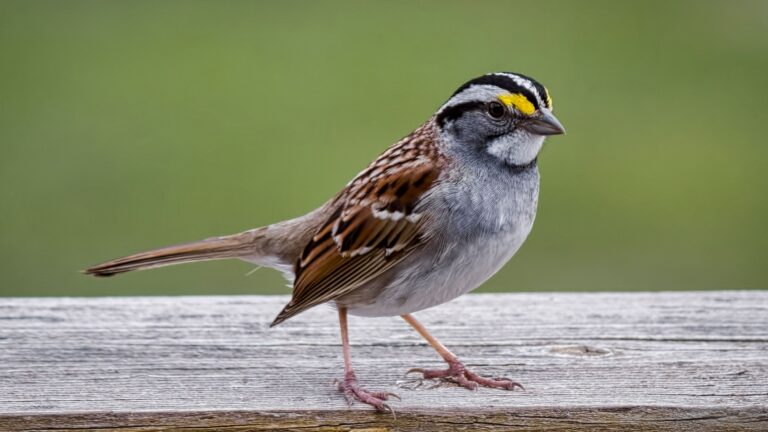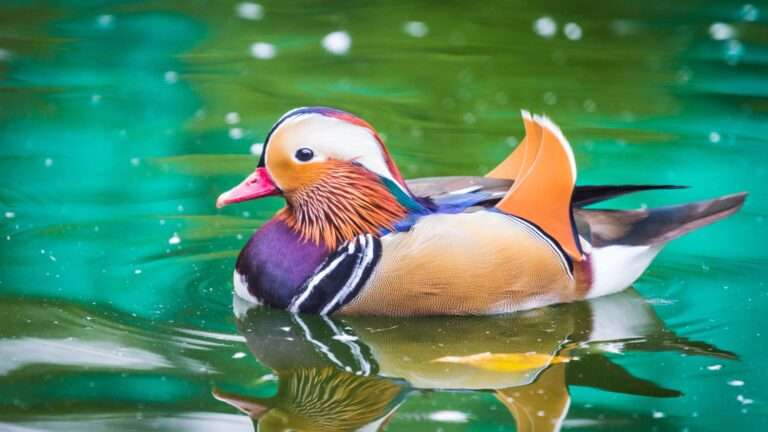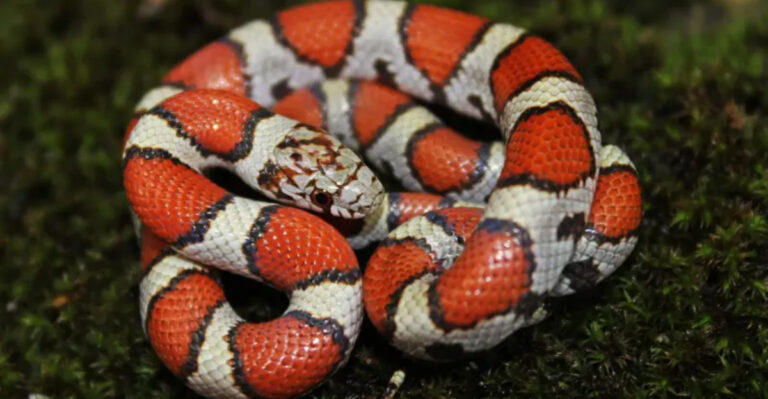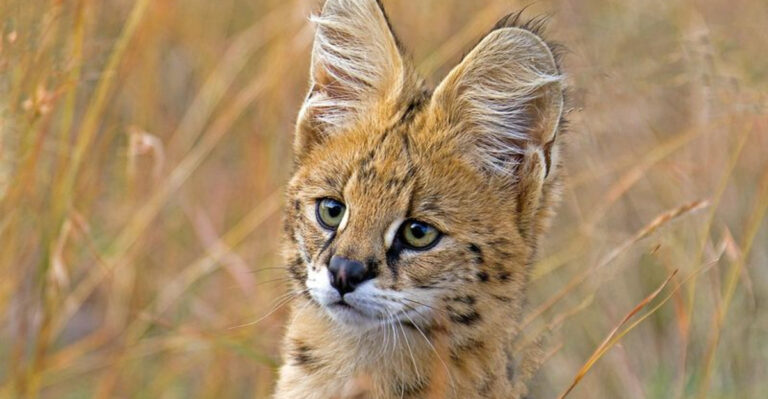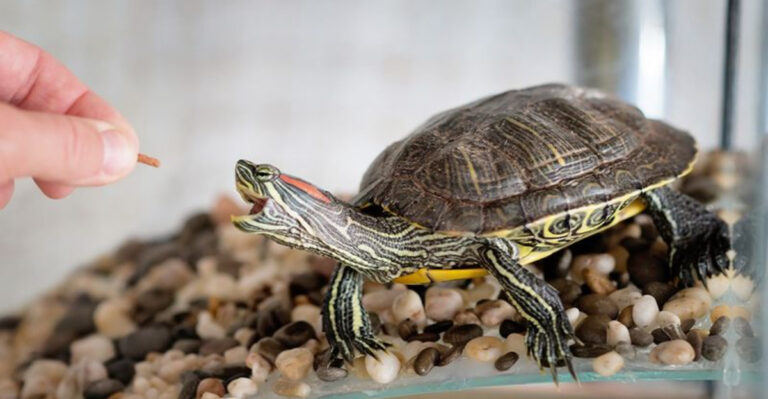15 Facts You Need To Know For Endangered Species Day (And The Animals You Need To Protect)
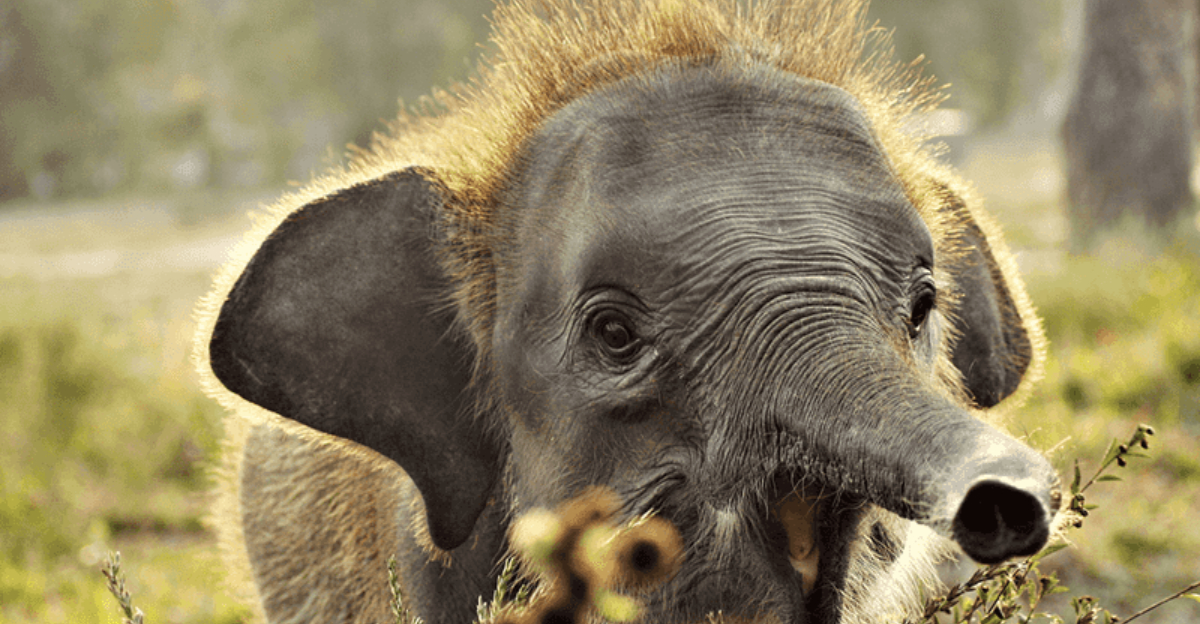
Our planet’s wildlife faces unprecedented threats, with thousands of species teetering on the brink of extinction. Endangered Species Day, celebrated annually on the third Friday in May, shines a spotlight on these creatures and the urgent conservation efforts they need.
Learning about endangered animals isn’t just fascinating – it’s our responsibility to understand how human actions impact these vulnerable beings and what we can do to help them survive.
1. Origins Of Endangered Species Day
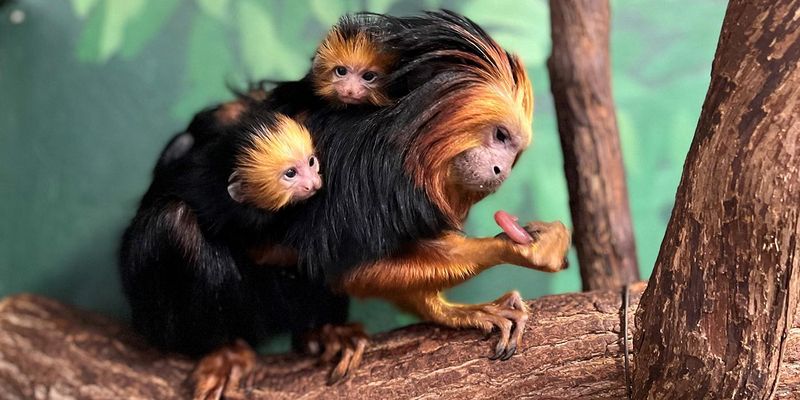
Established in 2006 by the United States Congress, Endangered Species Day has grown into a global event. The day was created to raise awareness about the importance of protecting endangered species and their habitats.
Each year, thousands of people participate in events at zoos, parks, wildlife refuges, and community centers worldwide. These celebrations highlight success stories and ongoing challenges in wildlife conservation efforts.
2. The Amur Leopard Faces Critical Danger
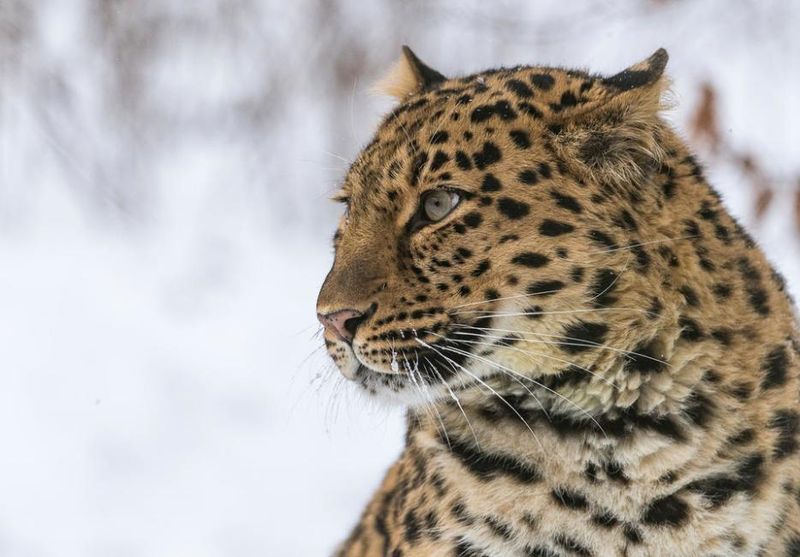
With fewer than 100 individuals remaining in the wild, the Amur leopard claims the unfortunate title of world’s most endangered big cat. These magnificent creatures roam the temperate forests of Russia’s Far East, their golden coats adorned with distinctive black rosettes.
Poaching, habitat loss, and conflicts with humans have pushed these solitary hunters to the edge of extinction. Each leopard needs vast territories to survive, making conservation efforts particularly challenging.
3. Vaquita Porpoises: Nearly Gone Forever
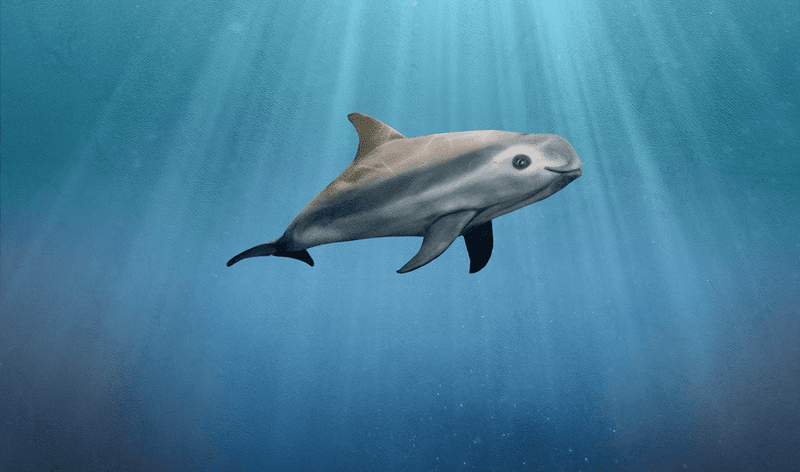
The vaquita, a tiny porpoise found only in Mexico’s Gulf of California, stands as the most endangered marine mammal on Earth. Only about 10 individuals remain—a heartbreaking decline from 600 in the 1990s.
These shy creatures, recognizable by the dark rings around their eyes, fall victim to illegal fishing nets meant for the totoaba fish. Despite international protection efforts, time is running out for these remarkable animals that grow to just five feet long.
4. Surprising Recovery Of The Bald Eagle
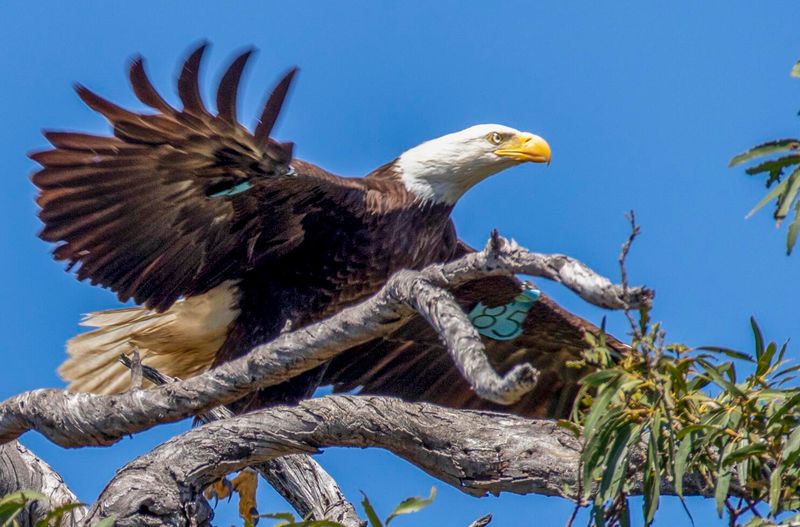
America’s national bird soared back from the brink of extinction, proving conservation can work! In the 1960s, bald eagle numbers plummeted to just 417 nesting pairs in the continental United States due to DDT pesticide use and habitat destruction.
The ban on DDT in 1972 and protections under the Endangered Species Act helped these majestic birds recover. Today, over 10,000 breeding pairs thrive across America. Their comeback represents one of conservation’s greatest success stories.
5. Pangolins: The Most Trafficked Mammals
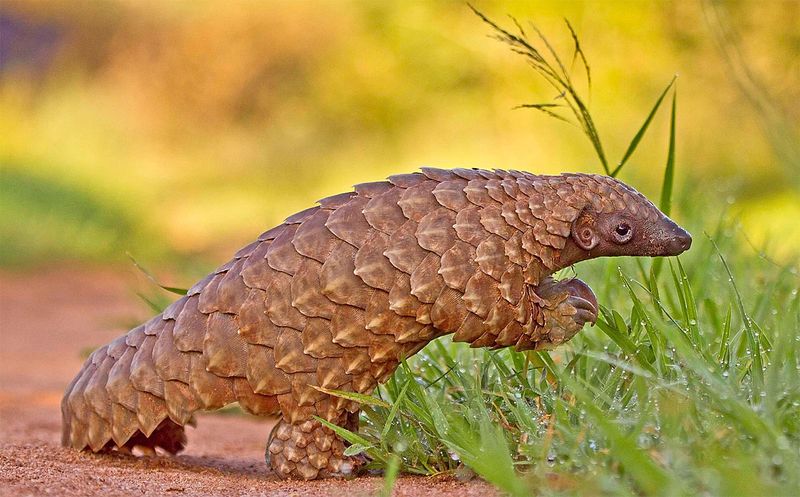
Covered in distinctive overlapping scales, pangolins hold the unfortunate title of world’s most trafficked mammals. These gentle insect-eaters use their long, sticky tongues to feast on ants and termites.
All eight pangolin species face extinction due to poaching for their scales, which are used in traditional medicines despite having no proven medical benefits. Over one million pangolins were poached in the last decade alone, pushing these unique animals toward extinction.
6. The Alarming Rate Of Species Loss
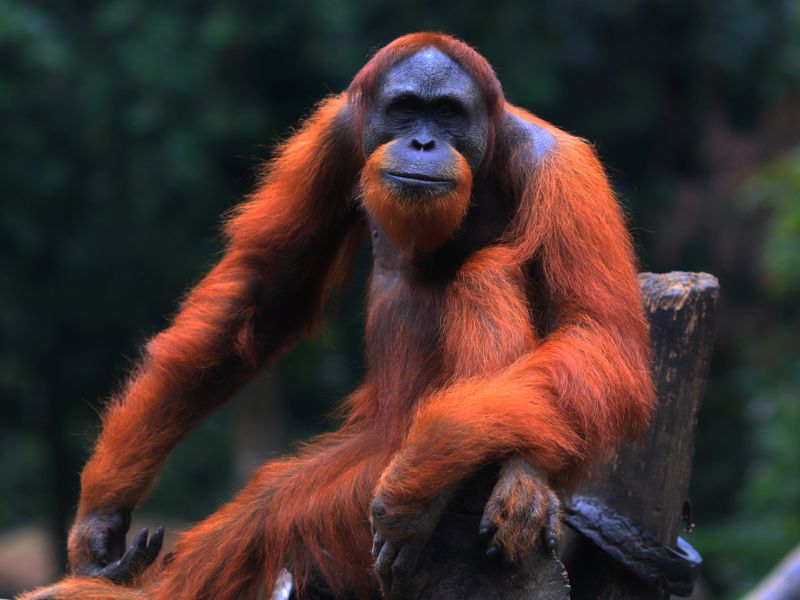
Earth is losing species at 1,000 times the natural background rate. Scientists estimate that between 0.01% and 0.1% of all species go extinct each year—if we use the conservative figure of 0.01%, that’s still between 200 and 2,000 extinctions annually.
Human activities like deforestation, pollution, and climate change drive this crisis. The current extinction rate hasn’t been seen since the dinosaurs disappeared 65 million years ago, earning our era the title of the sixth mass extinction.
7. Mountain Gorillas Making A Comeback
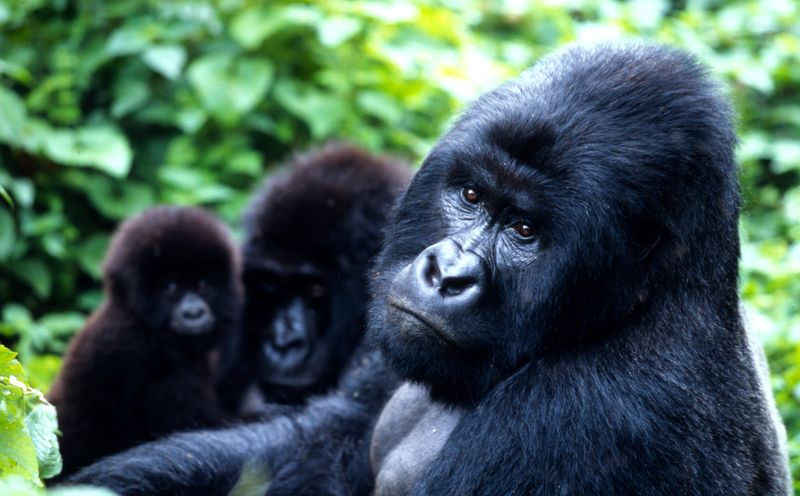
Mountain gorillas offer a glimmer of hope in conservation efforts. In 2008, only 680 of these gentle giants remained, but intensive protection measures have helped their population grow to over 1,000 today.
Found in the misty mountains of Rwanda, Uganda, and the Democratic Republic of Congo, these great apes face threats from habitat loss and poaching. Their recovery shows how dedicated conservation, ecotourism, and community involvement can save a species from the brink.
8. Coral Reefs: Endangered Underwater Ecosystems
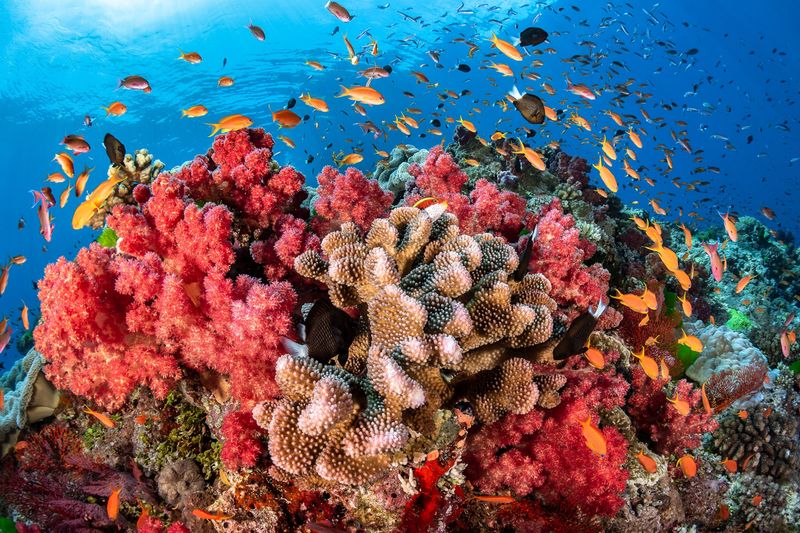
Often called “rainforests of the sea,” coral reefs support 25% of all marine species while covering less than 1% of the ocean floor. These living structures face catastrophic decline worldwide due to climate change, ocean acidification, and pollution.
The Great Barrier Reef has lost half its corals since 1995. When reefs die, entire ecosystems collapse, affecting everything from tiny crustaceans to sharks. Protecting these underwater wonders requires urgent action against climate change and water pollution.
9. The Northern White Rhino’s Last Stand
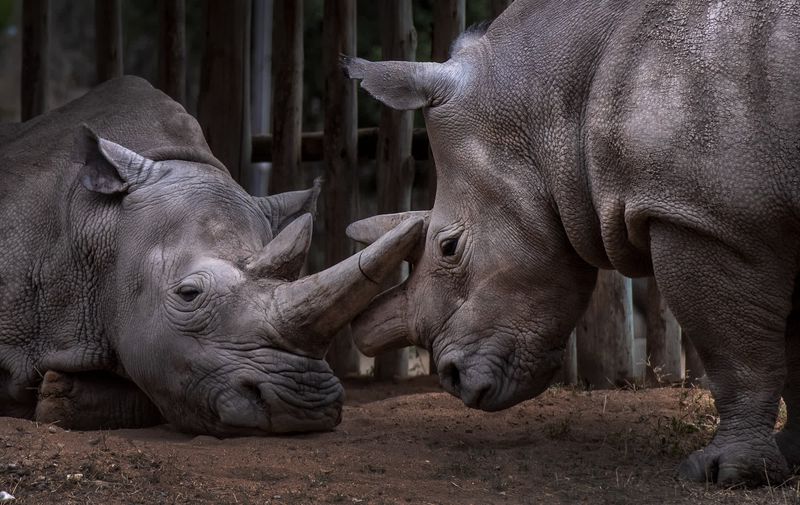
The northern white rhino stands at the precipice of extinction with only two females remaining worldwide. The last male, Sudan, died in 2018, effectively ending natural reproduction for the subspecies.
Scientists race against time using innovative reproductive technologies to save these magnificent creatures. They’re collecting eggs from the remaining females and creating embryos with stored sperm from deceased males. This desperate effort represents our last hope for preventing the northern white rhino’s complete disappearance.
10. Tigers: Down To Just 3,900 Wild Individuals
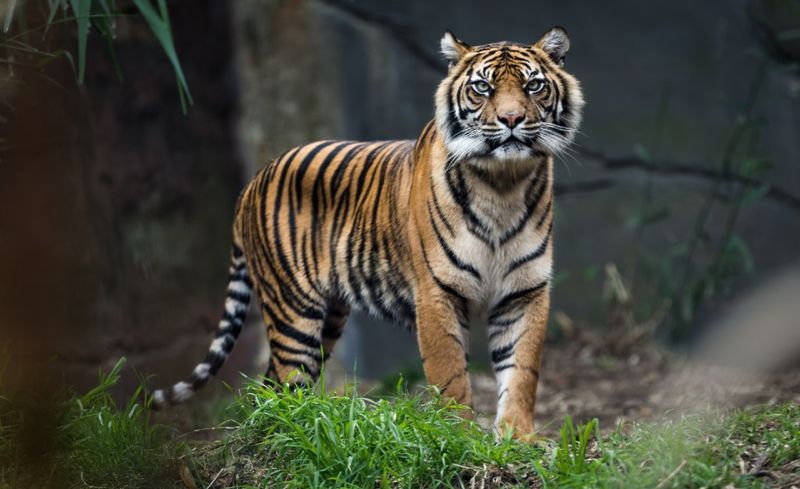
These iconic big cats have vanished from 93% of their historic range. A century ago, approximately 100,000 tigers roamed Asia’s forests—today, barely 3,900 remain in fragmented wild habitats.
Poaching for traditional medicine markets remains their greatest threat, followed by habitat destruction. Each tiger needs vast territories to hunt and raise cubs. Conservation efforts in India and Nepal have shown promise, with some populations slowly recovering under intensive protection.
11. The Endangered Species Act’s Critical Role
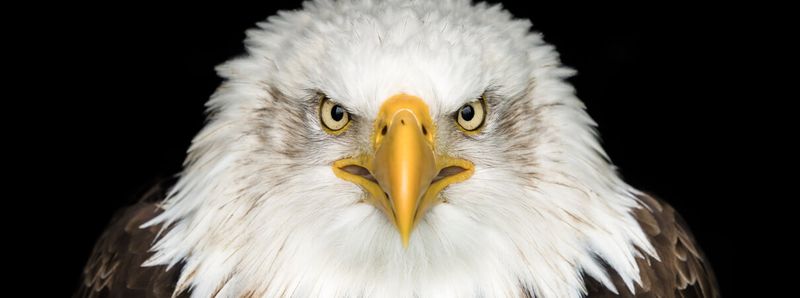
Signed into law in 1973, the Endangered Species Act stands as America’s strongest wildlife conservation legislation. This landmark law has prevented the extinction of 99% of the species it protects, including iconic animals like the bald eagle, grizzly bear, and American alligator.
The ESA provides crucial habitat protections and recovery plans for threatened species. Despite its impressive success rate, the law faces continuous challenges from development interests seeking to weaken its provisions for economic gain.
12. Monarch Butterflies’ Mysterious Decline
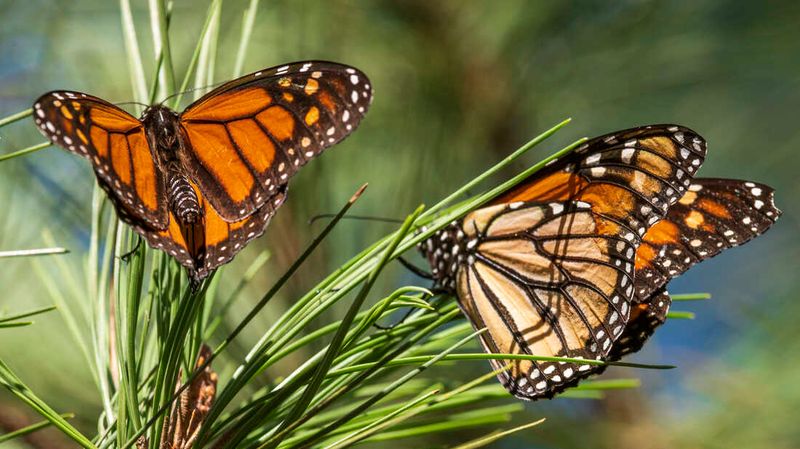
These orange-and-black travelers make one of nature’s most spectacular migrations, flying up to 3,000 miles between Canada and Mexico. Sadly, western monarch populations have plummeted by 99.9% since the 1980s.
Habitat destruction, pesticide use, and climate change threaten these delicate insects. Their caterpillars depend exclusively on milkweed plants, which are disappearing from agricultural landscapes. You can help by planting native milkweed in your garden and avoiding pesticides that harm these beautiful pollinators.
13. Polar Bears: Victims Of Climate Change
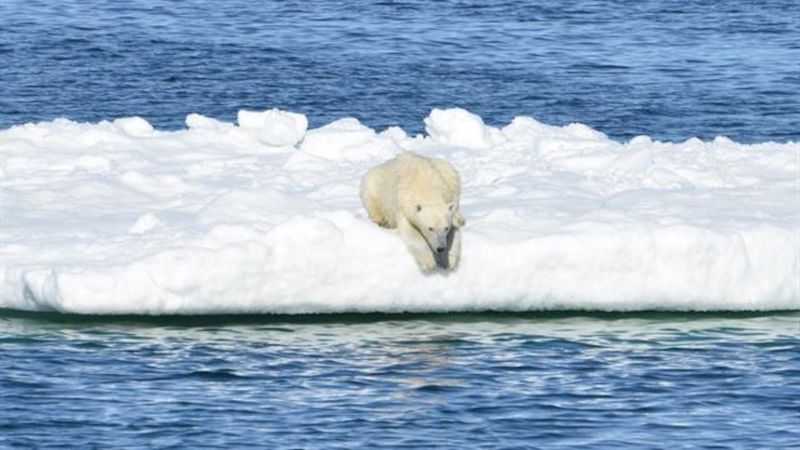
As Arctic sea ice melts at an alarming rate, polar bears lose the platform they need to hunt seals—their primary food source. Scientists predict two-thirds of polar bears could disappear by 2050 if current warming trends continue.
These magnificent predators, the largest land carnivores on Earth, now swim longer distances between increasingly fragmented ice floes. Some bears starve unable to catch enough prey. Their plight has become the face of climate change impacts on wildlife.
14. The Surprising Impact Of Small Actions
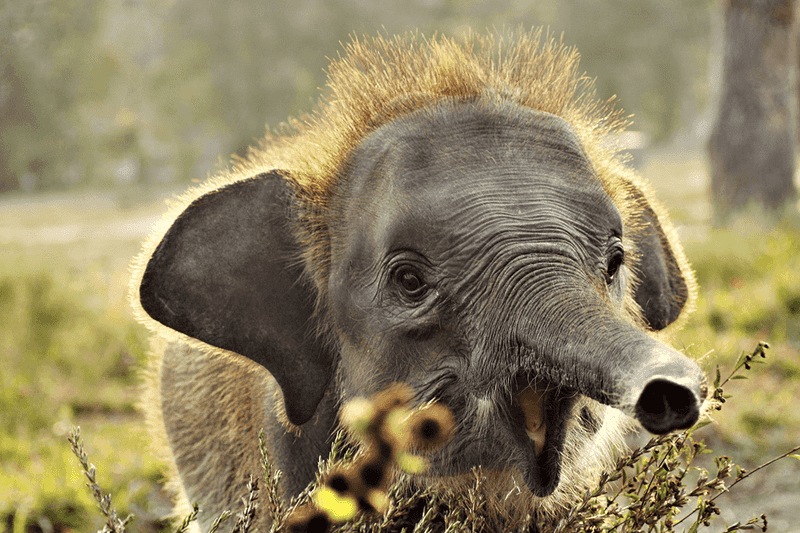
Individual choices make a real difference for endangered species. Simple actions like reducing single-use plastics help marine animals like sea turtles, who mistake floating bags for jellyfish.
Choosing sustainable seafood, certified wood products, and wildlife-friendly coffee prevents habitat destruction. Even planting native flowers supports local pollinators facing decline. The collective impact of millions making better choices creates significant positive change for vulnerable species around the world.
15. The California Condor: Back From Zero
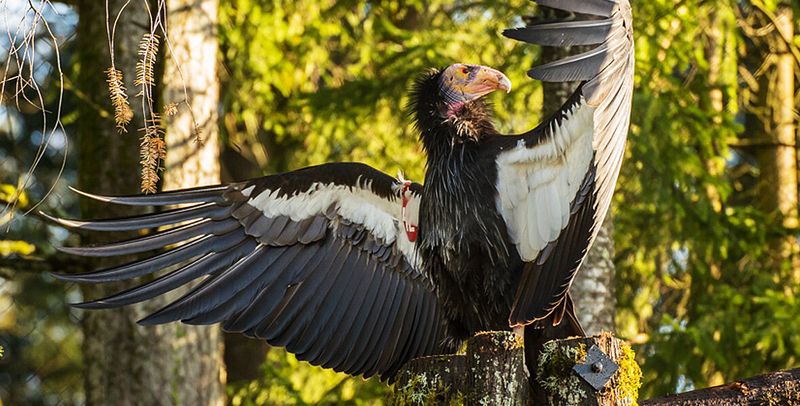
In 1987, the last wild California condor was captured, bringing the total population to just 27 individuals in captivity. North America’s largest bird, with a wingspan reaching 9.5 feet, faced extinction due to lead poisoning, habitat loss, and hunting.
An intensive breeding program followed by careful reintroduction has increased their numbers to over 400 today. While still endangered, their recovery demonstrates how dedicated conservation efforts can bring species back from the very brink of extinction.


